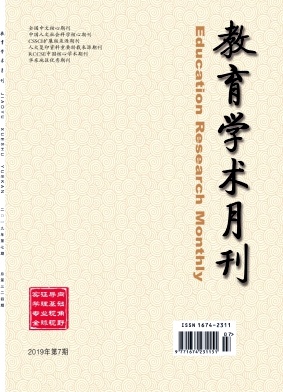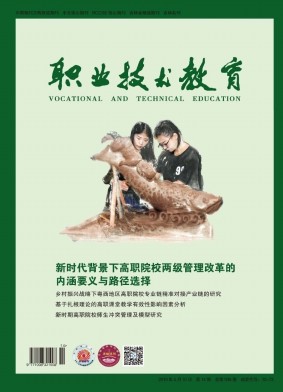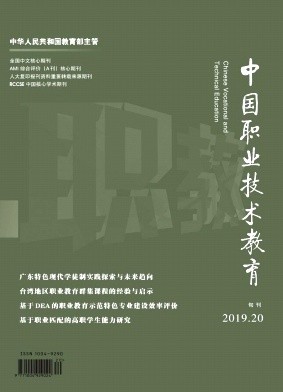摘要 在中国古代社会,尽管"哲匠"一词很早已经出现,但长久以来"哲匠"还不是一个十分清晰的概念,其中的原因概莫与古代社会专业分工的不明确息息相关;由此所致,相继出现了"百工"与"百官"以及"圣人"和"巧匠"等概念,而且当中所指已涵盖了"哲匠"包含与"创造"相关的诸种意义,尤其是"圣人创物论"在古代盛行,更是进一步强化了这些概念所囊括的设计者、创造者含义;因此,"哲匠"作为"圣人"与"匠人"之间的中介在20世纪之初随着《哲匠录》的编纂问世而得以被明晰地形塑其形象,此后,"哲匠"开始作为一个专门的独立概念继续被时人所援用,从而进一步凸显了这一立足于中国传统文化语境、对近百年来随西方文化浪潮而至的"设计师"概念所作出的巧妙回应。 In the ancient time of Chinese society, the term Zhejiang(Intelligent artisan) was not a clear concept;however, the "Intelligent artisan" always existed in ancient china. The reason for this state was because of the unclear division of labour. Consequently, the terms of Baigong(Hundreds of workmen) and Baiguan(Officials of all ranks and descriptions), Shengren(Intelligent sages) and Qiaogong(Skilled workmen) came into being which included the content of the concept Zhejiang. Particularly, the conception of Shengren’ s creation was prevalent during the ancient time, which took the place of the roles of planner and manager in creative activities. To some extent, Zhejiang has more considerations on it’ s meaning as the middleman between Shengren and J iangren in the early 20 century. When Zhejiang became a special and independent concept, it signified a response in Chinese context to the concept of Designer from western culture.
机构地区 中国美术学院设计艺术学院
出处 《创意与设计》 2020年第6期58-64,共7页 Creation and Design
基金 国家社会科学基金艺术学青年项目(15CG148)
分类号 G63 [文化科学—教育学]




